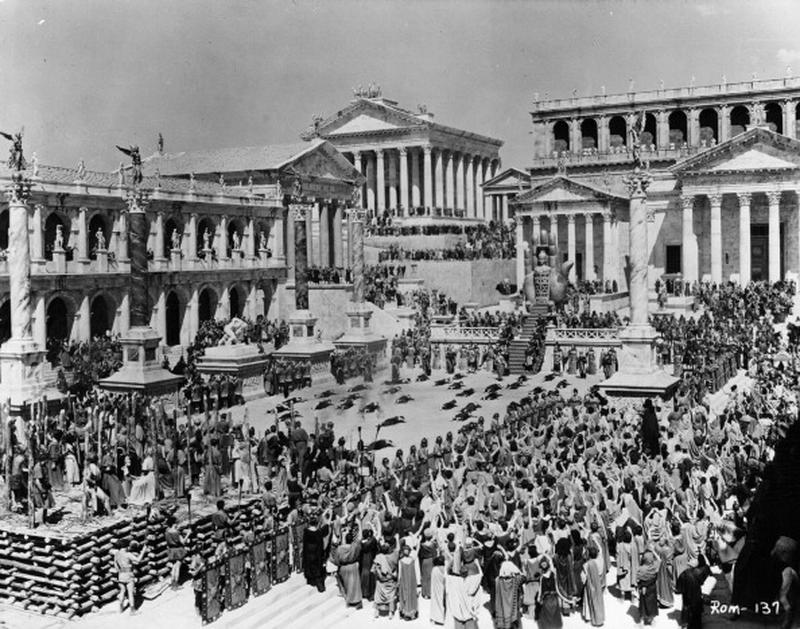The Dark Ages – Just How Dark Was It?
By | October 30, 2019



But since then, new discoveries have been unearthed that have shed new light on the dark ages which have led to a lighter term: Early Middle Ages that includes the time from 400 A.D. to 1000 A.D.
After the fall of Rome, the medieval Church became a powerhouse in Europe. A movement referred to as monasticism began with St. Anthony of Egypt that helped it along during 1000 – 1300 A.D. or the High Middle Ages. An affiliation began to take place between this medieval church and kings and queens. Gregory the Great, who was pope from 590 to 604, rose upbringing about change in the way powerful leaders ruled the people. They no longer ruled with the same authority as the Roman Empire did with their harsh punishments for those who dared to cross them. The rule of kings and queens became limited and their power was diminished. Magna Carta was established which brought about certain freedoms from an oppressive government.

During the “dark” days, there were opposite views between Orthodox Christians, Catholics, and Muslims. There was considerable corruption as well as conquests taking place during this time. Invasions took place between Muslims, Catholics, Crusaders, and even Barbarians. Because of all of this or in spite of all of this, changes did take place. Both the Protestant Reformation and the Enlightenment period were born.
All was not totally dark though. Agriculture in Europe saw the invention of the heavy plow which greatly increased productivity as well as the horse collar that helped stabilize the horse when pulling a wagon behind him.

There was other evidence of accomplishments that took place in both Western Europe and the Islamic world. Math and science achievements grew, at least in part, by al-Khwarizmi, a Persian astronomer and mathematician. He was responsible for bringing Algebra to Europe and giving us the Latin word that means “algorithm.”
Have we learned anything from the “dark days” of history? Probably not. There are still conflicts throughout the entire world. Religious, political, and racial tensions still exist. Today, there are still “dark days,” but even so, good days can be had – it just depends on what side of the coin you want to look at.

